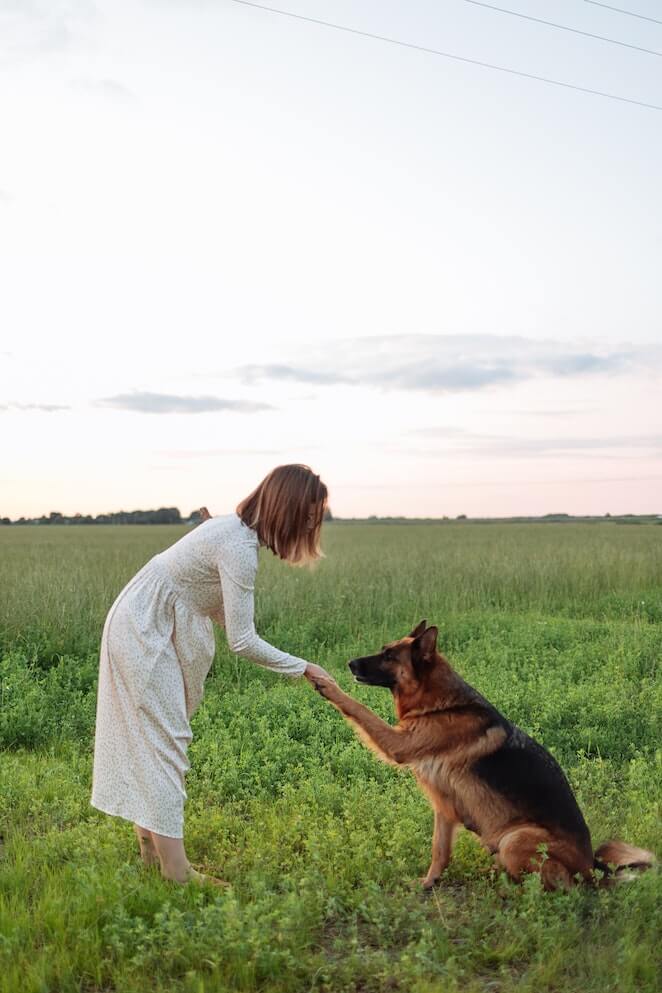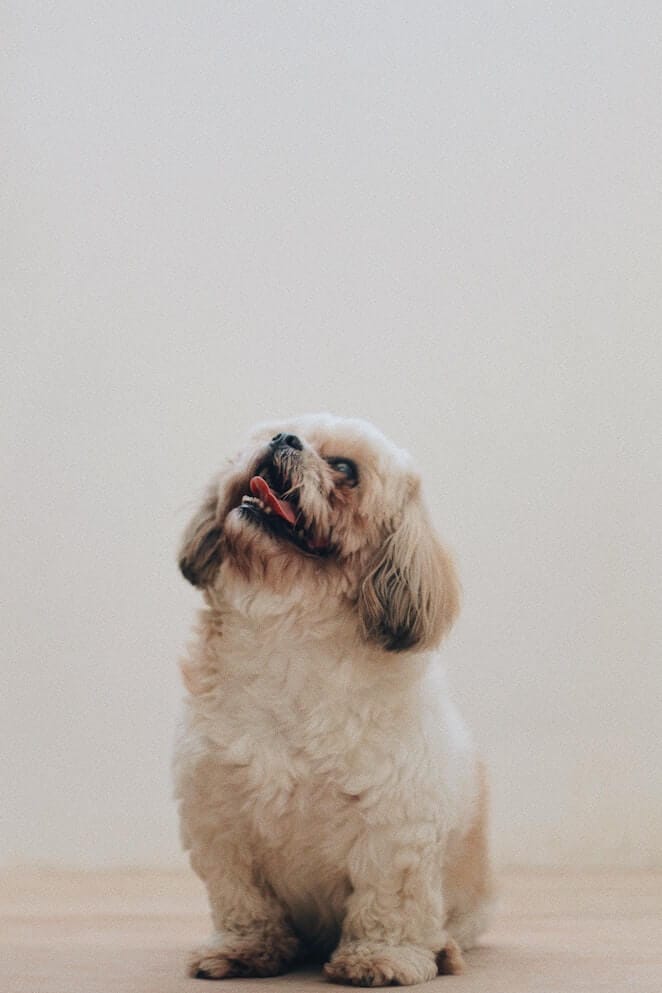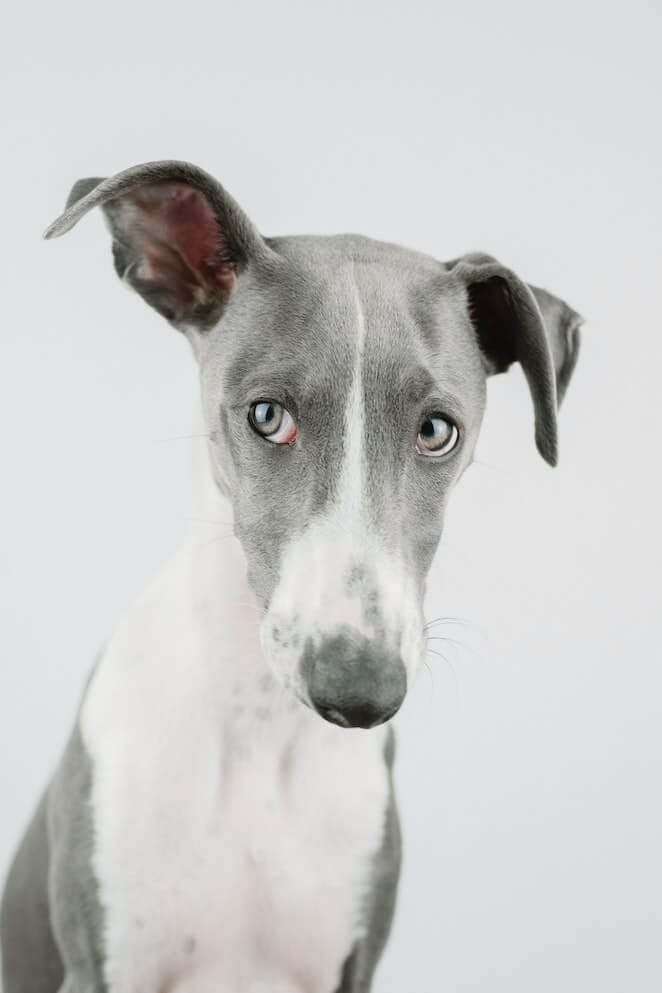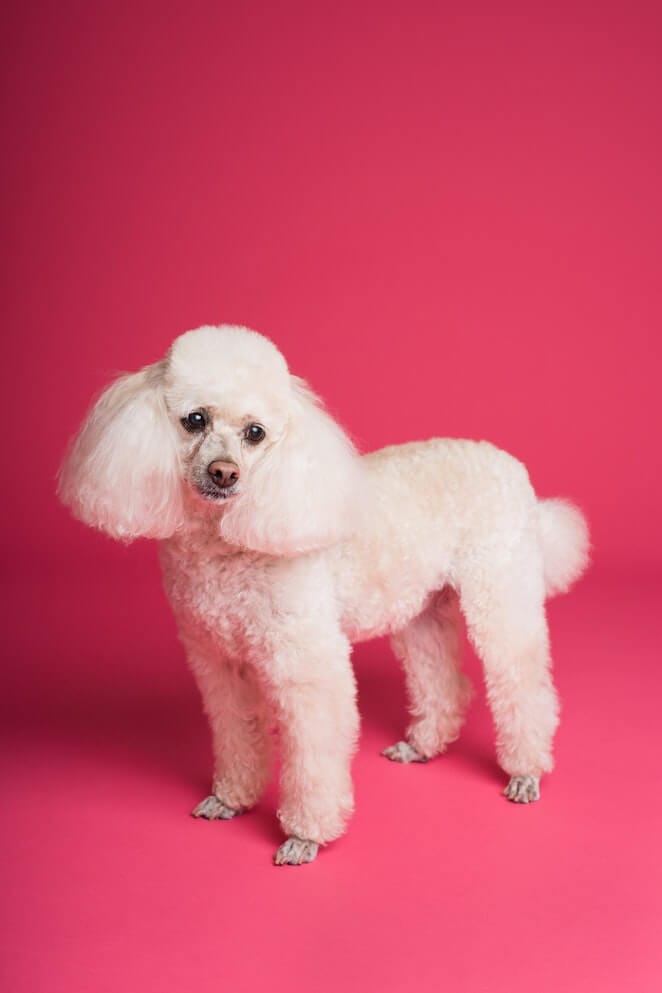
Dogs come in all shapes and sizes, but did you know that some anxious dog breeds exist too?
An anxious dog breed can be defined as any dog who has anxious behaviors such as excessive panting, trembling, pacing, or barking.
These dogs need time to adjust to new homes as they are not accustomed to new surroundings.
The good news is that these anxious behaviors can usually be managed with proper training and guidance.
In this article, we’ll take a look at some of the most anxious dog breeds out there so you can decide if one might be right for your family. So grab a cup of coffee and let’s get started! ̣̣̣̣
What breed of dog has the most anxiety?
An anxious dog can be an unwelcome challenge and a source of stress, but luckily there are some breeds that have a tendency to be anxious. Here are our top 10 anxious dog breeds that you should know about:
1. Chihuahua

These tiny pups are known for their anxious dispositions. Their natural anxiousness is often caused by separation anxiety or fear-based behavior.
They need lots of love and attention from their owners in order to stay as happy and relaxed as possible!
2. Jack Russell Terrier
Jack Russells are known for being an active breed with plenty of energy, but if not given enough mental stimulation, they can easily become anxious or destructive.
Owners must make sure to provide the breed with plenty of activities and socialization to ensure a happy, well-rounded pup.
3. German Shepherd

While these regal-looking dogs make great guard dogs, they can easily get anxious if not given enough exercise and stimulation in their lives.
They need an owner who is willing to provide them with physical and mental outlets to keep them feeling content and secure.
4. Labrador Retriever
Labs tend to be anxious when left alone for long periods of time or when not provided with adequate attention from their owners.
If you’re looking for a loyal companion but don’t want to deal with anxiousness all the time, then this breed may not be the best choice for you.
5. Shih Tzu

Shih-Tzus are anxious dogs by nature and tend to develop issues with separation anxiety.
They also can be a bit yappy, so it’s important that they receive consistent obedience training in order to remain happy and confident.
6. Beagle
Beagles often suffer from anxiousness due to their hunting instincts.
They need an owner who will provide them with plenty of mental stimulation, exercise, and supervision – otherwise, they may become destructive or anxious.
7. Greyhound

Greyhounds may have an anxious temperament because of their racing heritage.
They need lots of patient guidance and consistent exposure to different environments if you want them to remain calm and relaxed in all situations.
8. Bulldog
Bulldogs may display anxious behaviors due to their strong sense of loyalty.
They need a patient and understanding owner who can provide consistent training, and socialization, in order to reduce anxiousness levels.
9. Poodle

While poodles do make great family dogs, they can have anxious tendencies if not properly trained and given enough physical activity.
If you’re looking for a pup that won’t become anxious easily, then this breed might not be the best choice for you.
10. Pug
Pugs are known for being quite clingy with their owners and prone to separation anxiety if left alone for too long.
It’s important that they receive proper socialization so they don’t become anxious and destructive.
How do you calm an anxious dog?
There are many ways to calm down an anxious dog. Here are a few ways that might work with your pooch:
1. Create a safe space
An anxious dog needs to feel secure in their environment, so creating a dedicated safe space for them is essential.
This could be as simple as having a special corner of the house or garden where they can retreat when feeling anxious.
Make sure this area is comfortable with items such as blankets and chew toys, and if possible put up some sound-proofing materials such as curtains or carpeting to help block out noise and provide extra security by getting a pet camera to monitor your dog’s behavior.
2. Establish daily routines
Anxiety in dogs can often be triggered by changes in routine or unfamiliar situations, so it’s important to establish consistent daily routines that your anxious pooch can rely on.
These should include regular mealtimes, walks, playtime, and cuddle sessions, as well as bedtimes.
It’s also a good idea to mark the start of each activity with an easily recognizable cue such as ringing a bell or playing music – this will help your anxious dog become comfortable in anticipation of what comes next.
3. Exercise regularly
Exercise is essential for anxious dogs, not just to burn off energy but also to give them something productive to focus on other than their fears.
Try to get your anxious pup out for at least 30 minutes of exercise every day, either taking them for walks or engaging them in interactive playtime activities.
This will help reduce their stress levels and keep boredom at bay.
4. Distract with treats
If your anxious pup starts to show signs of distress, distracting them with treats can be a great way to help them calm down.
Keep some high-value treats such as chicken or cheese on hand and offer them as soon as anxious behaviors start to appear – this will give your anxious dog something else to focus on and may help to reduce their anxiety levels.
Final Thoughts
All anxious dog breeds need extra love, attention, and patience to help them thrive.
No matter which breed of dog you have, there are ways to manage their anxiousness through training, exercise, and by providing them with a safe and comfortable home environment.
By becoming a responsible dog owner one can help a stressed-out dog live a happy life.
Keeping an anxious dog happy can be a challenge but the rewards are worth it in the end! With a little bit of understanding and dedication, you can create a loving and stress-free life for your pup.


GIPHY App Key not set. Please check settings